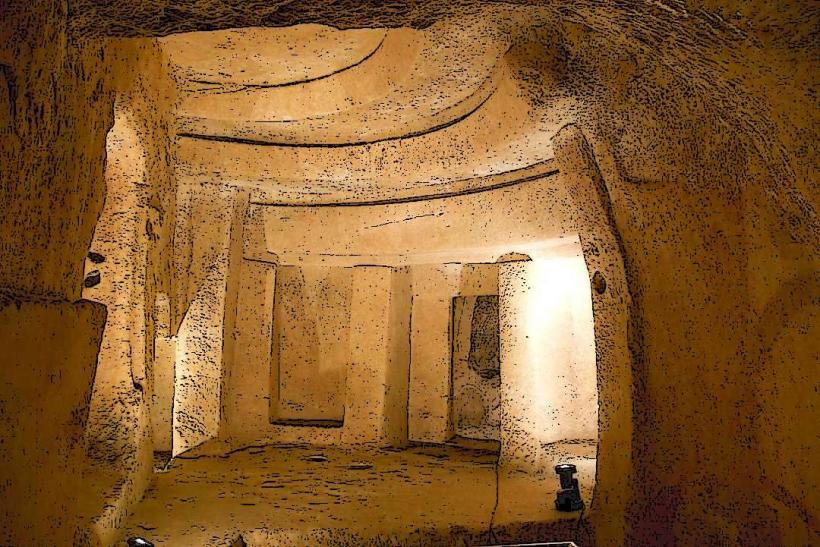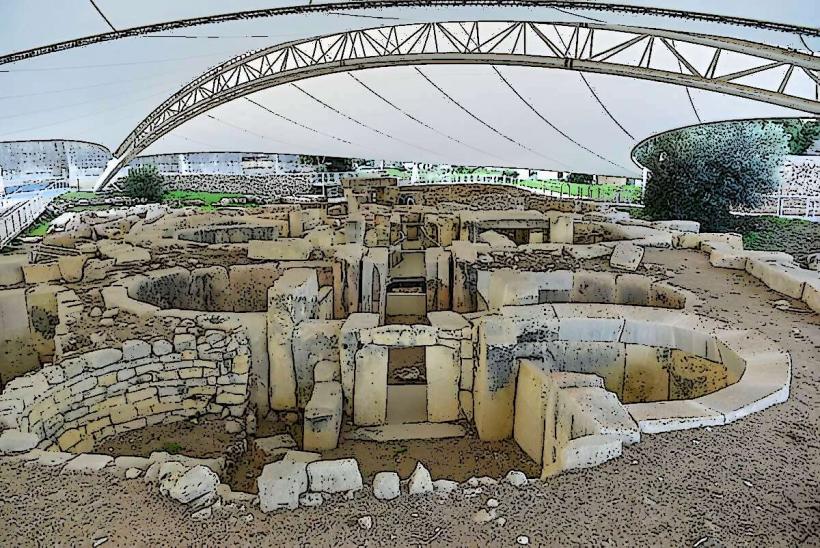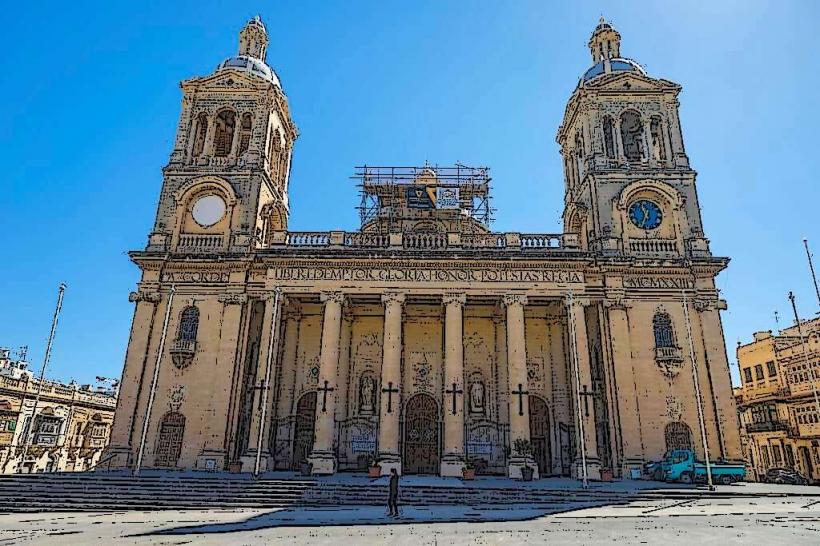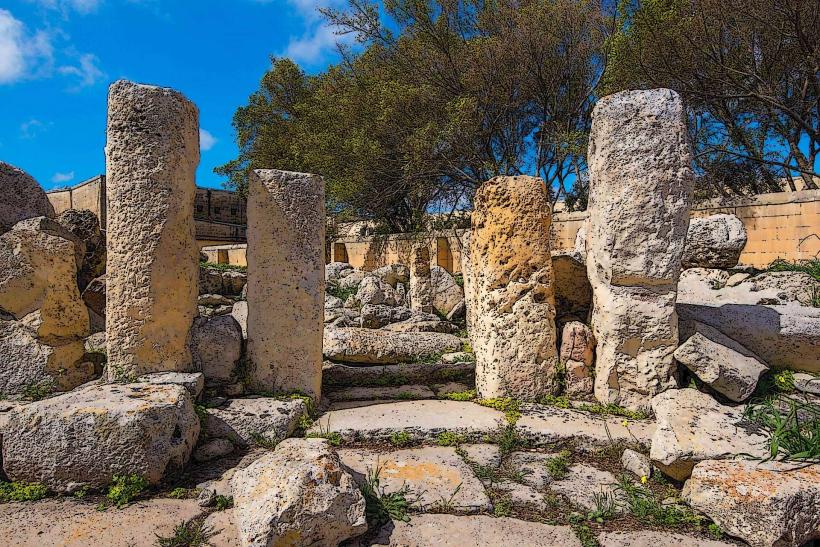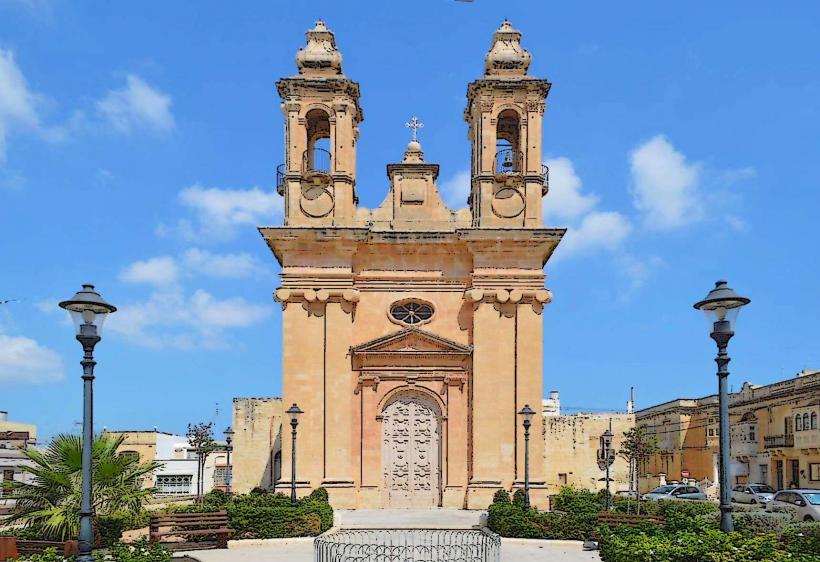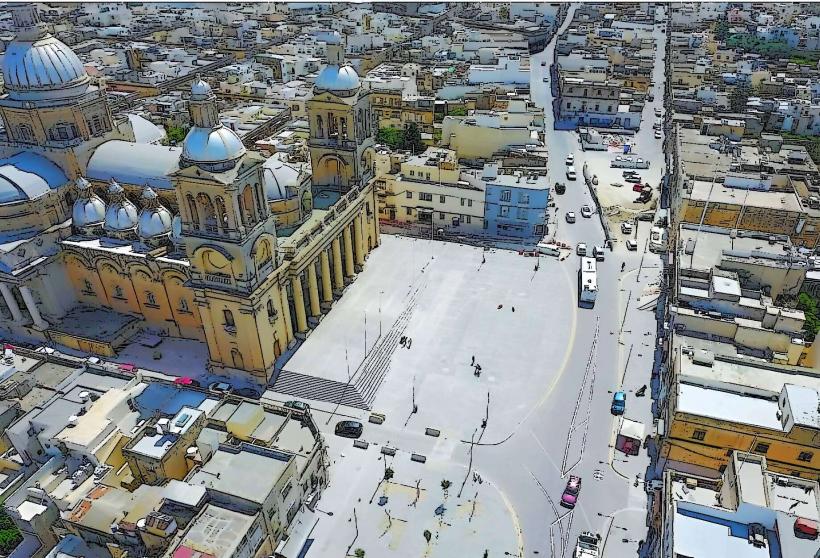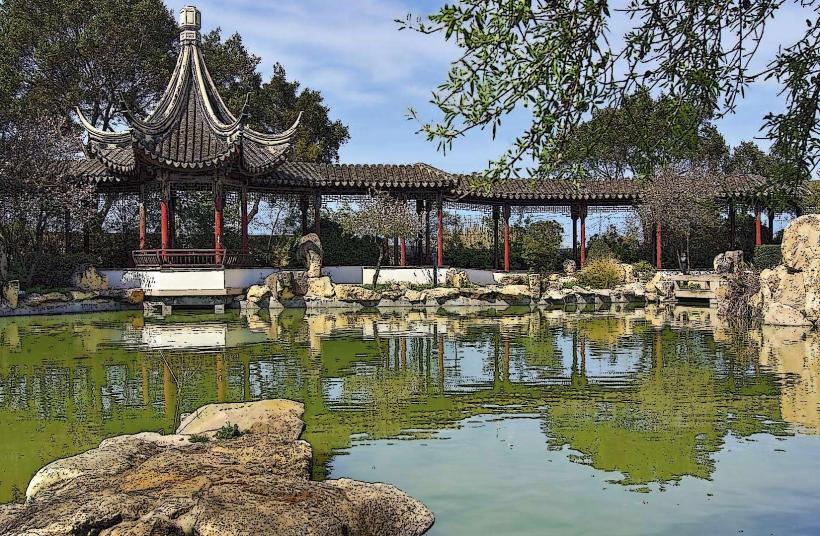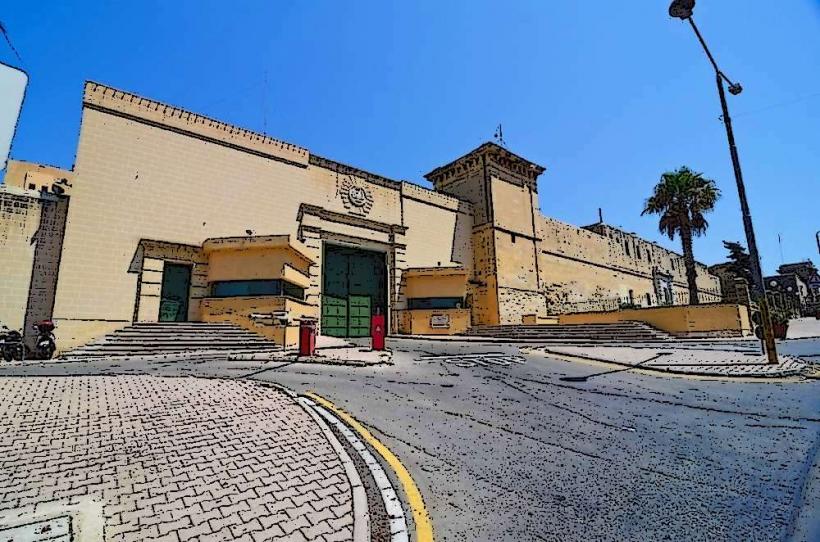Information
Landmark: Turkish Military CemeteryCity: Paola
Country: Malta
Continent: Europe
Turkish Military Cemetery
The Turkish Military Cemetery (known locally as Il-Qabar tal-Armata Turk in Maltese) is a significant historical site located in Msida, Malta. It serves as the final resting place for Ottoman soldiers who died during World War I while stationed on the island.
History and Background
- Ottoman Presence: During World War I, Malta served as a key military base for the British Empire. At the time, the British administered Malta as part of their war efforts, and Ottoman soldiers were among the prisoners of war brought to the island after the Ottoman Empire entered the war on the side of the Central Powers.
- Casualties: Many Ottoman soldiers died in Malta due to disease, mainly tuberculosis and pneumonia, conditions that spread in overcrowded prison camps.
- Cemetery Established: The cemetery was established in 1918, shortly after the end of the war, as a burial site for these Ottoman soldiers. It is one of the few Ottoman military cemeteries outside of Turkey.
- Post-World War I: After the war, the cemetery continued to be maintained as a solemn tribute to those who died in Malta during the conflict.
Key Features
1. The Graveyard
- The cemetery contains the graves of approximately 80 Ottoman soldiers, most of whom are buried in simple, neat plots.
- The graves are marked by traditional Ottoman tombstones, which are characterized by their distinctive design, including the tulip-shaped finials that symbolize life and resurrection in Islamic culture.
- The site is enclosed by a stone wall with an entrance, and the area is well-maintained, with the graves arranged in neat rows.
2. Memorial Stone
- A memorial stone dedicated to the Ottoman soldiers marks the entrance to the cemetery, inscribed with a tribute to the fallen soldiers and their service during the war.
- The inscription is written in Arabic and Turkish, honoring the soldiers' sacrifice.
3. Symbolism
- The cemetery stands as a symbol of the Ottoman Empire's participation in World War I and is a reminder of the shared history between Malta and the Ottoman soldiers who were brought to the island.
- The site is maintained by the Turkish government, highlighting the ongoing diplomatic ties between Malta and Turkey.
Cultural and Historical Significance
- World War I Legacy: The Turkish Military Cemetery serves as an important reminder of Malta's role during the war and the international presence on the island during that period.
- Ottoman Influence: While Malta was under British control, the Ottoman Empire played a key role in the region during World War I. The cemetery is a significant symbol of the Ottoman soldiers' experiences and sacrifices during the conflict.
- Diplomatic Relations: The cemetery is also a symbol of the long-standing diplomatic and cultural relations between Malta and Turkey, with periodic visits by Turkish officials to pay respects.
Visiting the Cemetery
- Accessibility: The Turkish Military Cemetery is open to the public, and visitors can freely explore the site to reflect on its historical significance.
- Location: It is located in Msida, near the University of Malta and easily accessible by public transport.
- Atmosphere: The cemetery is quiet and serene, offering visitors a chance to pause and reflect on the soldiers' sacrifices in a tranquil environment.
Nearby Attractions
- Msida Seafront: A scenic area near the cemetery, offering beautiful views of the coastline and a relaxing space for a walk.
- University of Malta: Just a short distance from the cemetery, it is one of the oldest and most prestigious universities in the Mediterranean region.
- Mater Dei Hospital: Malta's main public hospital is located nearby, though the area around the cemetery remains peaceful and removed from the hospital's hustle and bustle.
Summary
The Turkish Military Cemetery in Msida is a poignant and historical site that commemorates the Ottoman soldiers who lost their lives in Malta during World War I. It is a place of remembrance and reflection, serving as a symbol of Malta's role in the Great War and its enduring relationship with Turkey. The cemetery remains a quiet, respectful space for visitors interested in Malta's wartime history and international connections.

